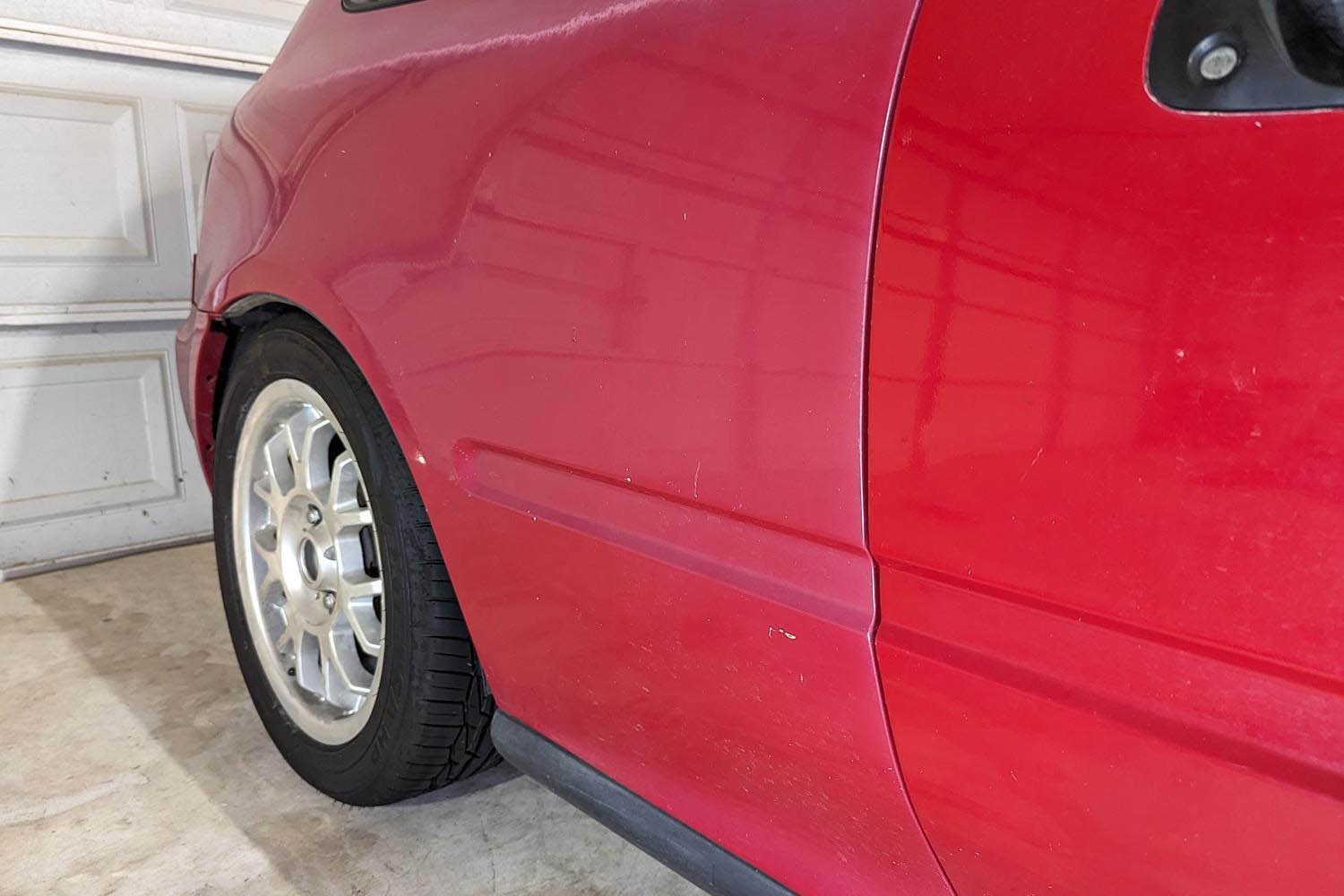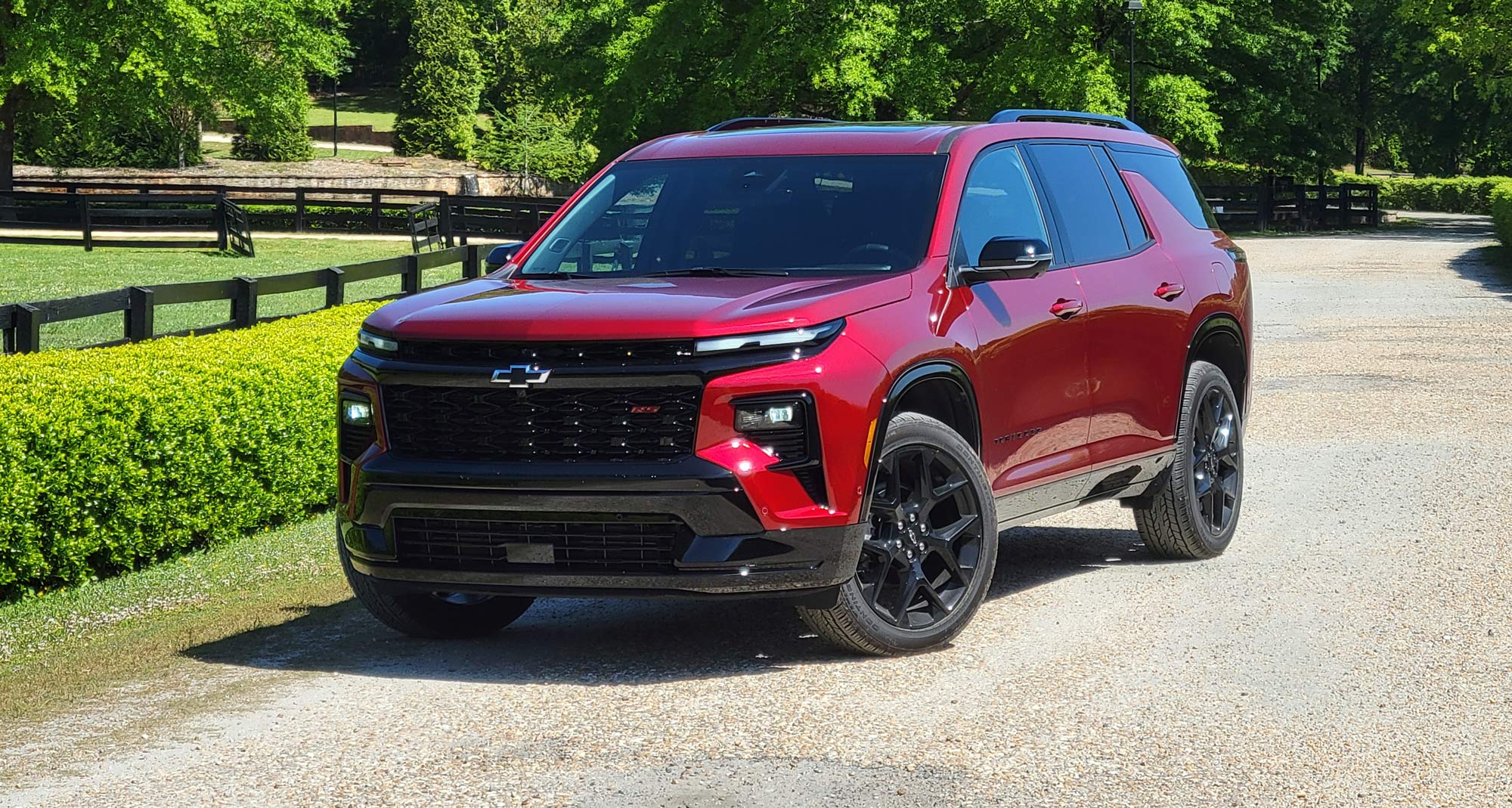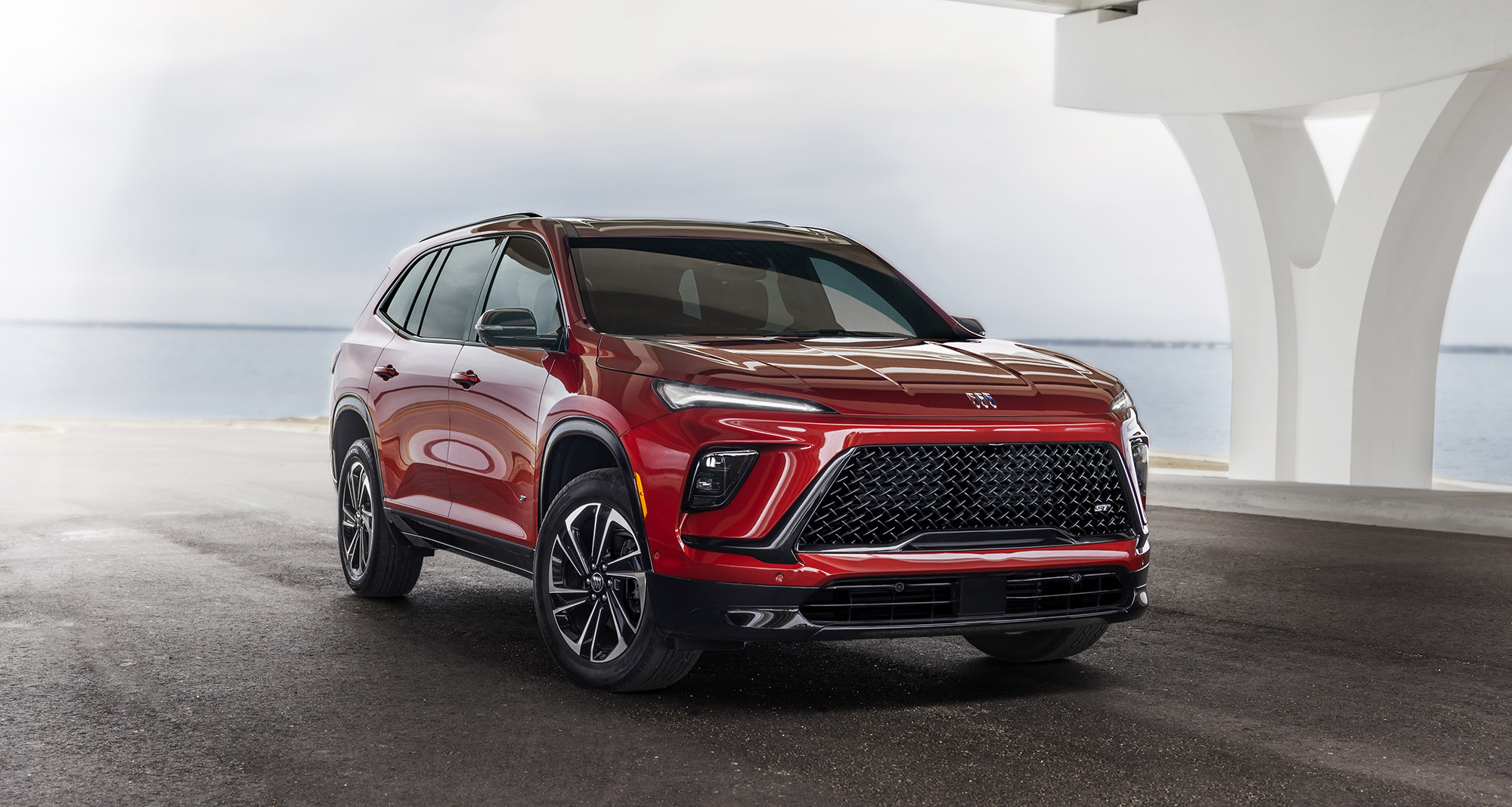5 Ways to Tell if a Car Has Been Repainted
Paint that's less than perfect isn't necessarily a deal breaker, but it could be hiding a repair.
 Austin Lott | Capital One
Austin Lott | Capital One
Article QuickTakes:
No aftermarket job can compare to the original factory application, which typically includes submerging the vehicle in baths of anti-corrosion protectant; robotically spraying the body with color and clear coats; curing the surfaces with infrared light; and having humans give it a thorough visual inspection.
The finish should last for decades. If a vehicle has been repainted, it could indicate the car suffered some sort of damage. There are a few ways to spot a repainted car before purchase.
Look for Mismatched Panels
Automakers not only employ sophisticated assembly-line paint processes, but each car undergoes a visual inspection when it is complete to ensure an even finish. If you're looking at a used car and notice a fender that's slightly darker than an adjacent panel, it likely didn't leave the factory that way.
Matching paint color is a painstaking process, especially when it comes to older models. As vehicles are exposed to the sun's UV rays, the paint inevitably fades. A body shop can't simply mix up a can of the original color and expect it to match. Instead, they might use a spectrophotometer to analyze a car's current color and determine what dyes to blend to achieve it. Even so, it's unlikely to be a perfect match.
One caveat: Some deviations in paint color occur naturally. For instance, if the owner routinely parked the car in a spot that allowed the sun to beat down on one side more than the other, you may see inconsistent fading. Also, paint can age differently on a metal surface compared with a plastic one. A steel fender next to a plastic bumper cover might show color inconsistencies after a few years, even if both surfaces still wear factory-applied paint.
Examine the Finish
Paint should be uniform in color as well as texture. That said, even factory-applied paint might not be glass smooth on every surface. It's entirely possible that the doors of a car could leave the assembly line with a slight orange-peel texture while the hood looks flawless.
There's a reason for that: During the paint-curing process, heat causes the paint to flow slightly before it resettles. When that happens on vertical panels, the paint can slip down the surface due to gravity, leaving a subtle waviness.
What you're looking for here is a distinct texture difference from one panel to the next. If you notice any inconsistent bumps or blemishes, it could signify poor preparation before a repaint. Automakers have ways of preventing dust, hair, and other contaminants from getting trapped under the paint; some body shops might not.
Check the Paint Depth in Several Spots
At most automotive factories, high-precision robotic arms spray a computer-controlled amount of paint onto every exterior surface of the car body, doors, hood, and decklid or liftgate, which means the thickness of the coat should be largely uniform across the vehicle. If it's not, the car has likely seen some paint work.
Of course, it takes more than a visual inspection to determine whether a panel has an extra coat or two. Fortunately, paint-thickness gauges are available online for around $50 and can do the job without damaging the finish.
Such gauges are easy to use. Simply press the device's tip against a car panel and you'll get a readout of the paint depth. This is typically expressed in mils or microns, which are measurements used in the paint industry, and translate to 1/1,000 of an inch. The gauge works by sending an ultrasonic pulse through a surface and measuring the time it takes for said pulse to travel through the material and back.
When looking at a used car, it's a good idea to test each body panel in multiple places (in case, say, a door was partially repainted). A difference of 40 mils or more between panels should arouse your suspicion.
Look for Overspray
Properly repainting part or all of a car requires a fair amount of prep work, including masking off areas that paint shouldn't reach. It's easy to miss a spot. Spray paint doesn't discriminate, though; it'll cover every exposed surface.
When inspecting a car, look closely at the trim around the windows and bumpers for signs of paint. A tape line on a doorjamb is a red flag, as are painted nuts and screws.
Crouch down and look underneath the car. Suspension components such as control arms and anti-roll bars should not have a dusting of paint.
Get an Expert's Opinion
An experienced paint and body expert can judge whether a car has had paint work and perhaps give you some idea about why it was done — be it simply cosmetic or due to more extensive damage.
Alternatively, you could ask the mechanic who is giving your car a pre-purchase inspection for their opinion. Even if they're not an expert on paint work, they'll be under the car during the inspection and can look for bits of out-of-place color.



